While many of the cellars have collapsed after years of neglect, local officials say there are more than 800 that are still viable and are seeking UNESCO World Heritage status for this unique area. Most of the cellars are over 200 years old and some go back 400 years.
Dr Ákos Kriza, mayor of Miskolc, said: “It’s unique because it’s in the vicinity of the city centre, three to five minutes’ walk away.”
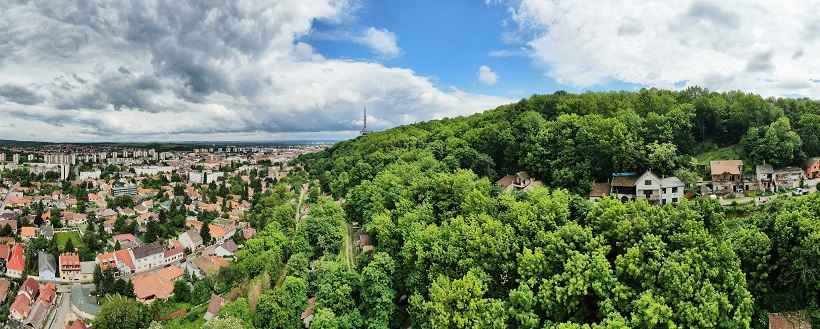
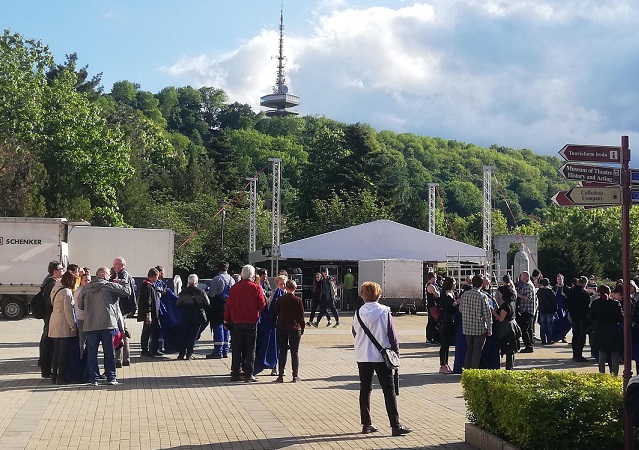
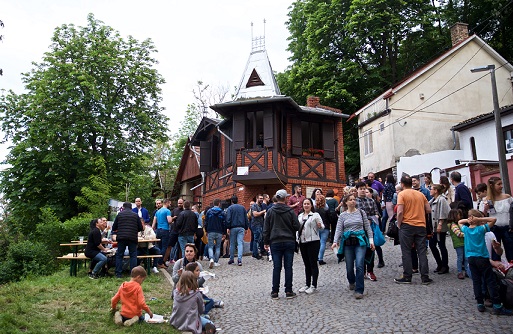
The local council is investing $10.25m to bring the district back to life. The money is going on drainage, street lighting, paths, CCTV, street furniture, picnic areas, a playground, steps, and support walls. There will also be a skateboard park, open-air fitness area, and dog-agility course.
The idea is to encourage locals and the city’s large student population to value and enjoy the area – and make cellar owners think it’s worth renovating their properties (like the one below).
Although Miskolc had vineyards on the hill's southern slopes and in the surrounding area, it gained its wealth from trading wines – making the most of its location almost midway between the country's most famous wine regions, Tokaj and Eger.
Tokaji’s delicious sweet wines and Eger’s powerful reds were stored in the extended sandstone caves on the northern side of the hill, in temperatures that remained about 12°C all year round.
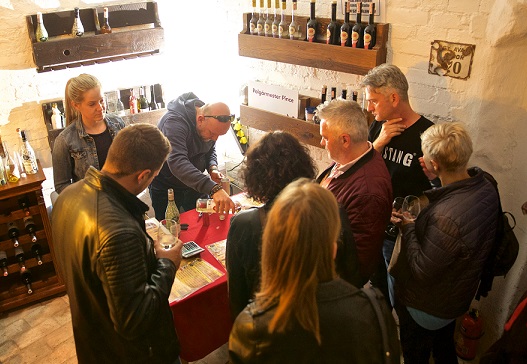
In its 19th century heyday, townsfolk would walk through the passageways leading from the main street and head for the hill after work and at weekends. They would put out their tables, sip wine and chat with other cellar owners.
Then phylloxera hit the region, and the vineyards and cellars were abandoned.
In the 1970s and 80s, Miskolc reinvented itself as an industrial city, and built apartment blocks on the disused vineyards. There were enough apartments to house 80,000 people – about a third of the population. About 20,000 were employed in the ironworks. Others made armaments and machinery... and Miskolc grew again. This time as a smoggy industrial city... until the break-up of its major customer, the USSR, in the early 1990s.
Then, Miskolc fell into decline once more. The hill’s paths became neglected, the wine houses and cellars lost their value, homeless people moved in, and the area gained a reputation for being ‘unsafe’.
Dr Kriza told Canopy: “It was a difficult time, but nowadays we are on the right way and the city is developing very well.”
A new council, elected in 2010, came to power with a vision for the city. They wanted Miskolc to become a model green city – the first in Hungary.
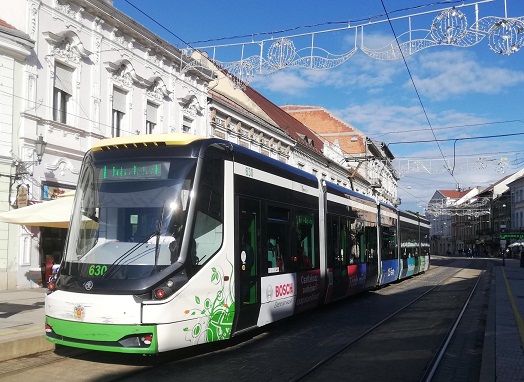
Modern Skoda-made trams (above) and gas-powered buses now ply the streets, and high-tech companies from the automotive and aerospace industries have set up in the industrial zone. The former ironworks has become a skating park and wall-climbing hall.
Now it’s time for the hill to regenerate. The key seems to be treating it as part of the old city centre and not as a separate district. Making it easily accessible from all directions and an entertainment area for all citizens – not just those wishing to drink wine – have been priorities.
Having said that, the two main buildings at the top of the steps leading from the city’s main square are The Wine Hut (Bortanya, below) – an event centre owned by the city – and the Wine Museum, the hill’s largest restaurant. A few smaller restaurants and several dozen private cellars have now reopened along the narrow, winding streets and special events are once again drawing visitors.
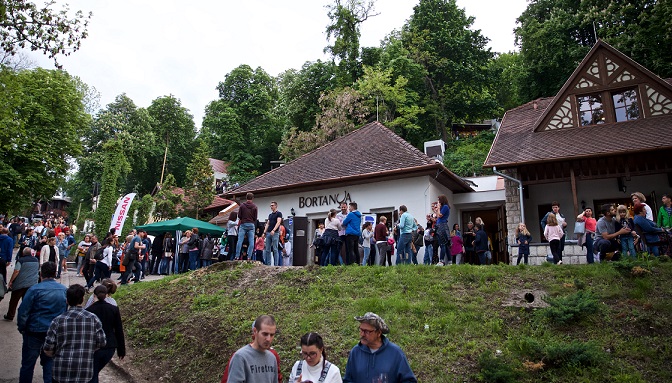
One of the main events is Borangolás (‘wine wandering’) in mid-May. It’s a celebration of wine and live music. The wine tastings take place in cellars and pagodas along the streets.
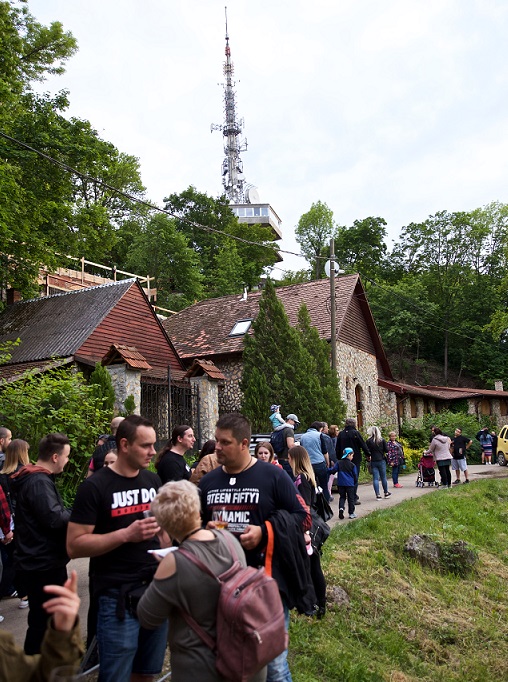
The city’s emblem – the TV tower at the top of the 100m-high hill – is being completely refurbished and will become a modern attraction with a glass lift, viewing platform and high-quality restaurant.
The city’s redevelopment also involves:
- A new roof for its other main symbol, the Reformed Church;
- Moving the statue of the king who founded the state of Hungary from the centre of the main square closer to Avas Hill; and
- Revealing the stream that flows underneath the concrete square.
Then, Miskolc’s past and present will be linked.
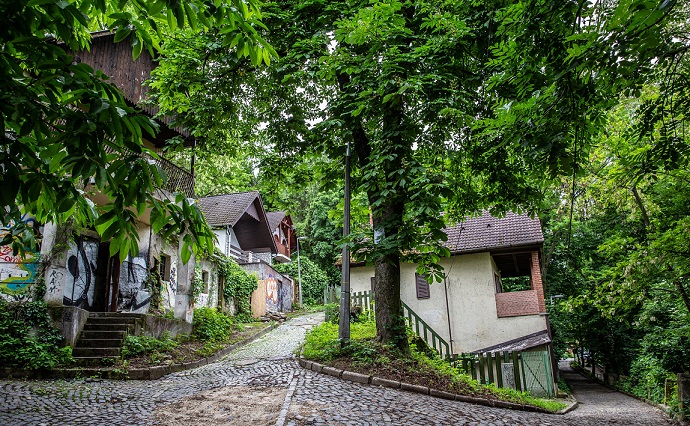
Bükk Mountain wines
There are also plans to reinvigorate wine production in the Bükkalja (Bükk Mountains) wine region, which dates back to the 14th century – making it the youngest winegrowing region in Hungary! Once part of the Miskolc region, it became independent in 1970 and now is usually lumped in with Eger. The desire, however, is to make the Bükk Mountains a recognisable wine brand.Fourteen local producers have set up an association for the region. The strict conditions for joining include conversion to organic farming, yield control and the use of traditional varieties such as Olaszrizling (Graševina), Cserszegi Fűszeres, Leányka, Pinot Gris (Szürkebarát), Zenit and Chardonnay for the whites and Kékfrankos, Cabernet Franc, Cabernet Sauvignon, Kadarka, Kékoportó, Merlot, Pinot Noir and Zweigelt for the reds.
In the past, the red grapes made their way into Eger wines and many of the whites went into base wines for fizz made elsewhere. The focus was on growing grapes and there was little investment in wineries.
There are now a handful of boutique winamkers making an impression, including Roland Borbély of Gallay and Zsolt Sándor, who is based on Avas Hill. His Cserszegi Fűszeres and Zweigelt show the potential of the region.
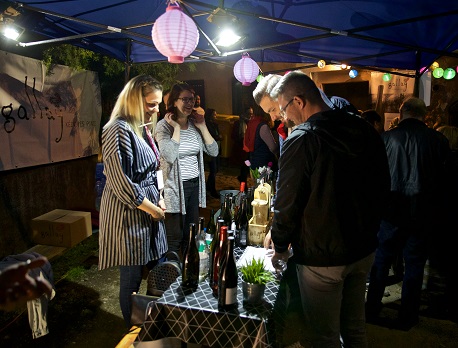


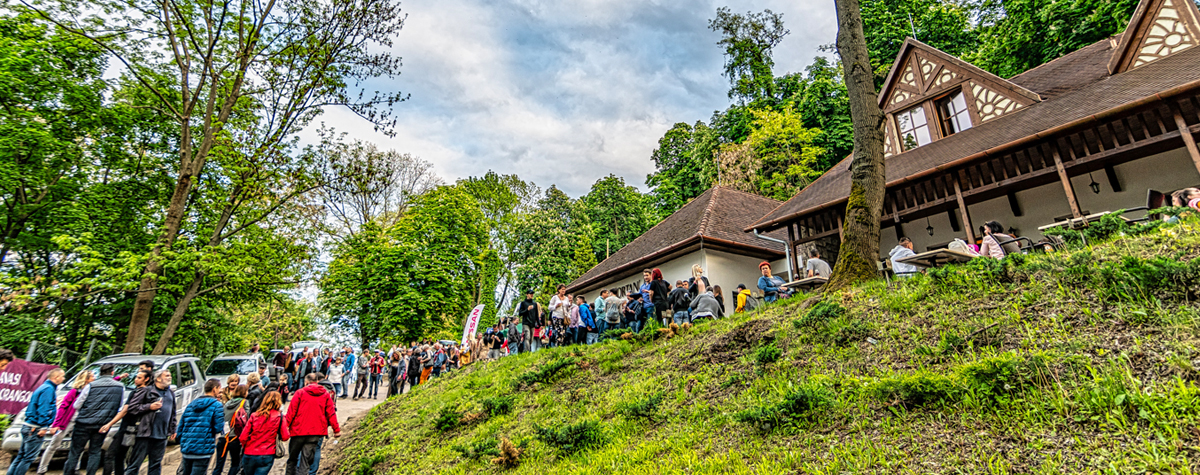










.png)






